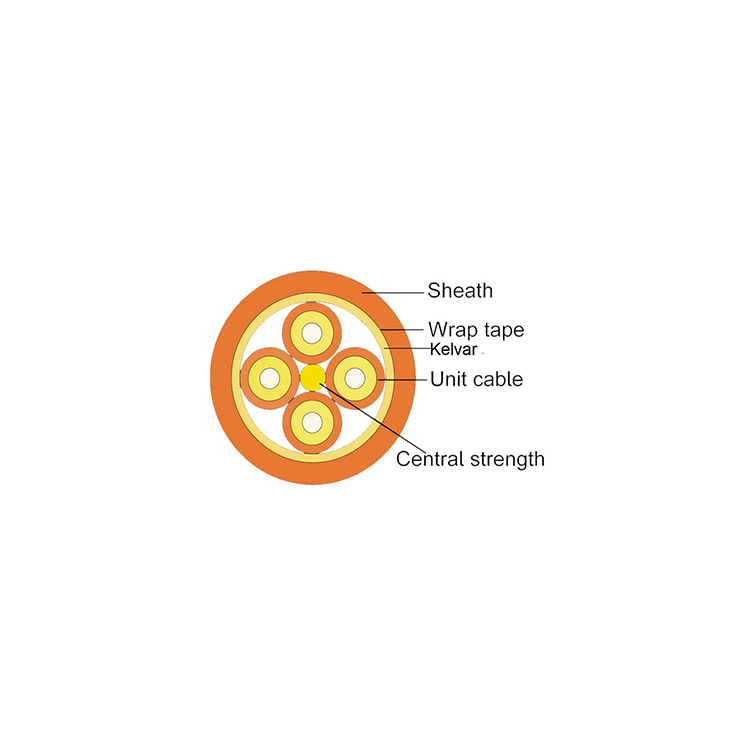Unlocking the Potential of Fiber Optic Cables for High-Performance Networks

With the ever-increasing demand for faster and more reliable network connectivity, businesses and organizations are turning to fiber optic cables to meet their infrastructure needs. Fiber optic cables offer unparalleled speed, bandwidth, and data transmission capabilities, making them the ideal choice for today's high-performance networks. In this article, we will explore the benefits of fiber optic cable excellence and how it can elevate your network infrastructure to new heights.
The Advantages of Fiber Optic Cables
Fiber optic cables are made of thin strands of optically pure glass or plastic that transmit data as pulses of light. Unlike traditional copper cables, fiber optic cables are immune to electromagnetic interference, enabling them to provide faster and more reliable data transmission over longer distances. Here are some key advantages:
- High-Speed Data Transmission: Fiber optic cables offer significantly higher bandwidth compared to copper cables, allowing for faster data transfer rates and reduced latency.
- Enhanced Security: Fiber optic cables are extremely difficult to tap into or intercept, offering enhanced security for sensitive data transmissions.
- Greater Bandwidth Capacity: With the ability to support higher frequencies, fiber optic cables can handle a much greater amount of data traffic, future-proofing your network infrastructure.
- Longer Transmission Distances: Fiber optic cables can transmit data over much longer distances without the need for signal boosters, making them suitable for large-scale networks.
- Immunity to Electromagnetic Interference: Unlike copper cables, fiber optic cables are not affected by electromagnetic interference from nearby power lines, machinery, or other sources, ensuring reliable data transmission.
Types of Fiber Optic Cables
There are several types of fiber optic cables, each designed for specific networking applications. The two most common types are:
- Single-Mode Fiber (SMF): Ideal for long-distance transmissions, SMF uses a single transmission mode and can carry signals over vast distances with minimal loss.
- Multi-Mode Fiber (MMF): Suited for shorter distances, MMF utilizes multiple transmission modes and is commonly used in local area networks (LANs) and data centers.
It is crucial to choose the right type of fiber optic cable based on your network requirements, distance, and budget.
Installation and Maintenance Best Practices
Proper installation and maintenance of fiber optic cables are vital to ensure optimal network performance. Here are some best practices:
- Qualified Professionals: Engage trained technicians who possess the necessary expertise and certifications for fiber optic cable installation, termination, and testing.
- Quality Components: Use high-quality connectors, adapters, and patch cords to minimize signal loss and maintain signal integrity.
- Regular Inspection: Perform routine visual inspections of cable connectors, looking for signs of dirt, damage, or misalignment.
- Cable Management: Implement proper cable management practices to minimize stress on fiber optic cables and prevent accidental damage.
- Testing and Troubleshooting: Regularly test fiber optic cables using specialized equipment to detect any signal loss or degradation. Establish procedures for troubleshooting and rapid resolution of connectivity issues.
Future Trends and Applications
Fiber optic cables continue to evolve, and emerging technologies are set to further enhance their capabilities. Here are some future trends and applications:
- Higher Data Rates: As demand for faster data transmission grows, fiber optic cables will continue to support increasingly higher data rates, enabling new technologies such as 5G and beyond.
- Internet of Things (IoT): Fiber optic cables will play a critical role in supporting the vast number of IoT devices, providing the necessary bandwidth and reliability.
- Cloud Computing: With the rise of cloud computing, fiber optic cables will be fundamental in ensuring fast and secure data transfer between data centers and end-users.
- Smart Cities: Fiber optic cables will enable the development of smart cities, supporting various interconnected systems and applications.
In conclusion, fiber optic cable excellence is key to elevating your network infrastructure. By harnessing the advantages of fiber optic cables, implementing best practices, and staying abreast of future trends, your organization can achieve unparalleled performance, reliability, and scalability for its network.


